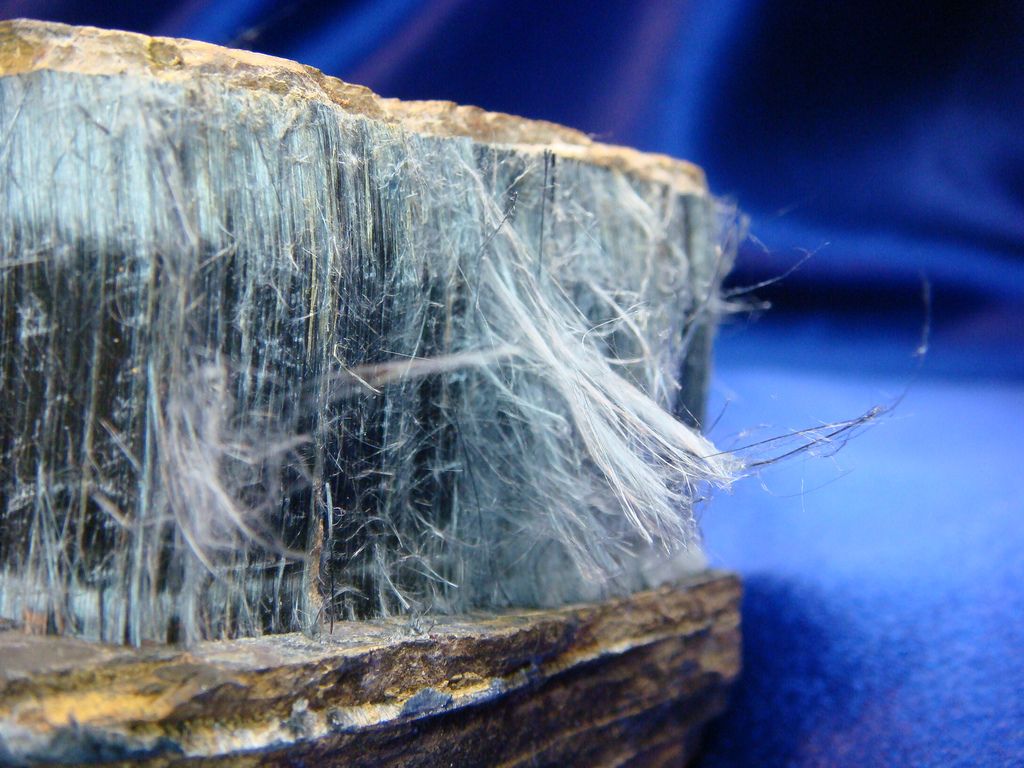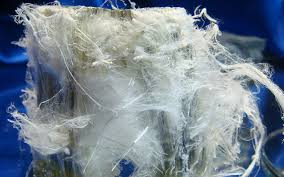1709 Kings Highway, 3rd FL Brooklyn, NY 11229
Asbestos remains a public health concern. Inhalation of asbestos has been linked to four respiratory diseases: Asbestosis, Mesothelioma, Lung Cancer and Fibrosis. The latency period between exposure to asbestos and the onset of the diseases is generally between 15 and 40 years, with symptoms generally not displaying until the advanced stages of illness.
Asbestosis and Mesothelioma can not be effectively treated, and most persons suffering from Mesothelioma unfortunately die within twelve months of diagnosis.
The most harmful asbestos fibres are invisible to the naked eye and easily breathed into the lungs. Studies have shown fibres 5–10 μm long and <0.25 μm in diameter were associated most strongly with lung cancer mortality. These particulates are called respirable fibres. Asbestos is commonly suggested in the industry as the ‘silent killer’. The reason for this term is because persons being exposed to asbestos, even in high concentrations, would not be aware of the dangers or even exposure. Many believe there would be an itching sensation, scratching, shortness of breath, smell or visual indication of the airborne dust. This isn’t the case. In fact, it completely goes undetected. Asbestos air monitoring could only detect asbestos airborne fibre concentrations.
Asbestos can be identified and analysed by PLM (Polarised Light Microscopy) with dispersion staining technique. Asbestos fibres such as Crocidolite (blue asbestos) and Amosite (brown asbestos) are most hazardous to health. While Chrysotile (white asbestos) is most common. The word ‘asbestos’ comes from the ancient Greek term, meaning “unquenchable” or “inextinguishable”. Health effects having an accumulation of asbestos inside the lungs are massive. The contraction and retraction of your lungs over time, whilst breathing, causes scratching which in turn causes scarring, inflammation and ultimately cancer or respiratory diseases.
Asbestos is an IARC Group 1 carcinogen. Inhalation of airborne asbestos fibres can cause death and therefore concentrations of airborne asbestos are a risk that must be controlled. Airborne asbestos fibres can result from: the release of asbestos fibres through the unsafe removal or disturbance of cement sheeting, performance of many ordinary tasks such replacing certain types of ducting or insulating materials, plant, accidental contact with asbestos materials causing the fibres to break free, and failure to adequately maintain an asbestos containing material resulting in the release of asbestos fibres.
Asbestos unique combination of flexibility, tensile strength, insulation and chemical inertness, it is the only naturally occurring mineral that can be spun and woven like cotton or wool into useful building products and fabrics. Asbestos fibres are 50 to 200 times thinner than a human hair.
There are three types of asbestos minerals that were mainly used in a wide range of products and uses. These are listed here from the most hazardous to the least:
Blue asbestos is known to cause the most harm as the fibres are relatively long and thin, therefore they are more likely to reach the deeper parts of the lungs rather than the curlier fibres of white asbestos. Crocidolite is harder than the other varieties of amphibole asbestos. The fibres are extremely thin, sharp and can cause significant damage once lodged within the lungs.

Amosite Asbestos are generally very long, thin and robust fibres. Bundles of Amosite tend to separate into smaller groups of needle-like fibres and are very hazardous to health only second to Blue Asbestos. Amosite fibres do not normally fray or have split ends, but rather have flat or knife-like ends. Amosite was used in a vast array of applications and was very popular for use as an additive in building materials that it was the second-most popular asbestos type after Chrysotile.

Chrysotile is by far the most common type of asbestos used. Fibres tend to fray, are very flexible which promoted their use and advantages within building products, namely fibre cement, insulation products such as cloth, rope and other uses which required extra bonding or work-ability. Chrysotile fibres bundles can be described as white, silky and the flexibility of these fibres make it less likely to reach the deepest part of the lungs if not disturbed by use of force or friction. Chrysotile Asbestos is still found to be mined in parts of the world today including Russia, China, Brazil, Canada and Kazakhstan. Chrysotile is still being imported by major manufacturing countries such as India, Thailand, Indonesia and China with products making their way into western counties that have banned Asbestos. World Health Organisations are calling for widespread condemnation.

There are two main categories which all forms of asbestos fall under; it should be noted that each of these types have very different characteristics and differ substantially in their potential to cause harm. The method of removal of each of these types of asbestos also differs substantially along with the cost associated with the removal.
1. NON-FRIABLE (Bonded) Asbestos (tightly bound)
Bonded materials containing asbestos are the most common. These are mainly found in Australia in the domestic and Commercial domains. The construction industry widely used in general fibre cement (fibro) building products in many applications. They are mainly made up of a bonding compound (such as cement), with typically up to 30% asbestos. Bonded materials containing asbestos are solid, quite rigid and the asbestos fibres are tightly bound into the material. They are commonly called ‘fibro’ short for fibrous, ‘asbestos cement’ or ‘AC sheeting’.
If you come across fibre cement sheeting and not sure whether it contains asbestos, get advice from professional consultants such as Asbestex. Sheets or lining were nailed on with flat head nails which are usually visible under painted surfaces unlike gyprock or plasterboard.
If you can see the branding stamped on the underside reading ‘Wunderlich’ ‘Hardiflex’ ‘Tilux’ ‘Zonolite’ ‘Shadowline’ ‘Galbestos’ ‘Firestop’ ‘Durasbestos’ ‘Durawall’ you can certainly presume the product contains asbestos. The only way to be positive is to contact Asbestex for analysis. Sampling is relatively inexpensive. If you happen to come across the international sticker ‘a’ for asbestos symbol (incorporated into our logo) this means DANGER this material contains asbestos. Any non-friable asbestos over the amount of 10 square metres must be removed by a ‘CLASS B’ asbestos licence holder.
Some examples of materials classified as bonded asbestos are:
2. FRIABLE Asbestos (loosely bound or dust)
Loosely bound materials containing asbestos are far more hazardous than bonded (see above). They were primarily used in commercial and industrial settings for fire proofing, sound proofing and insulation, sub-floor linings and can be also found in some old domestic heaters, stoves, hot water systems, associated pipe lagging, in the backing of vinyl linoleum floor coverings and mill board. Dust known as ACD (Asbestos Contaminated Dust) are also a major problem we encounter on a near daily basis. These materials can be made of up to 100% asbestos. They are quite loose and can be turned to dust with very light pressure, such as crushing with your hand. Loosely bound materials containing asbestos are very dangerous as the asbestos fibres can get into the air very easily and inhaled. They must only be handled and removed by a contractor with a ‘CLASS A’ asbestos removal licence.
Some examples of materials classified as friable asbestos are: